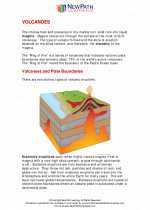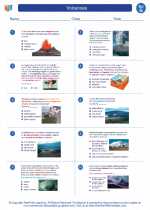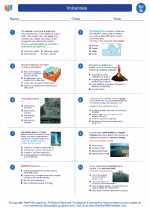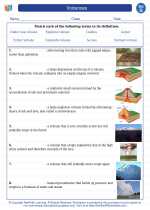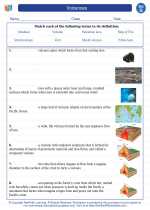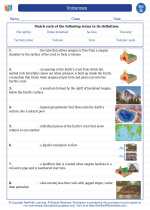Third Planet: Earth
The third planet in our solar system is Earth. It is the only known planet to support life. Here is a study guide to help you understand more about Earth and its characteristics:
- Position in the Solar System: Earth is the third planet from the sun, located between Venus and Mars.
- Size and Composition: Earth has a diameter of about 12,742 kilometers (7,918 miles) and is primarily composed of rock and metal. It has a dense, iron-nickel core, a solid mantle, and a thin outer crust.
- Atmosphere: Earth's atmosphere is composed mainly of nitrogen (78%) and oxygen (21%), with trace amounts of other gases. It protects life on Earth by providing the right temperature and air pressure for living organisms.
- Hydrosphere: Earth is known as the "Blue Planet" because of its abundant water. About 71% of Earth's surface is covered by water, mostly in the form of oceans.
- Climate and Weather: Earth experiences a variety of climates due to its axial tilt and orbit around the sun. These variations in climate lead to different weather patterns across the planet.
- Geological Activity: Earth's surface is constantly changing due to processes such as plate tectonics, erosion, and volcanic activity. These processes shape the planet's landscapes and contribute to its dynamic nature.
- Biosphere: Earth is the only planet known to support life. The biosphere includes all living organisms and their interactions with the environment, making Earth a unique and diverse planet in our solar system.
Understanding Earth and its place in the solar system can give us insight into the conditions that support life and the interconnected systems that make our planet habitable.
